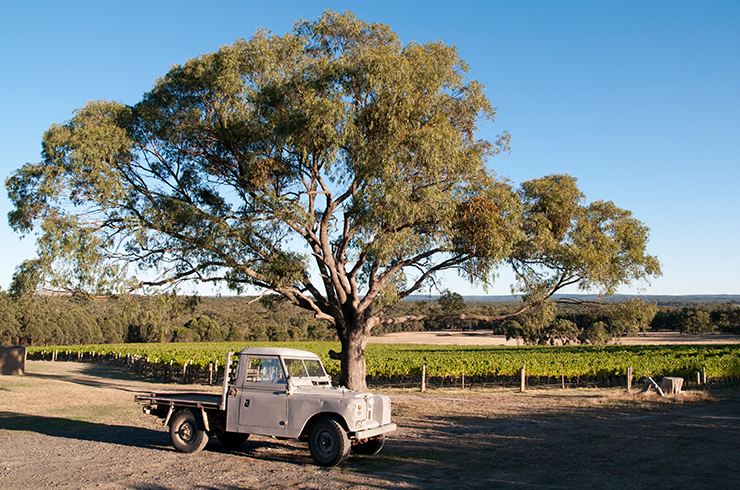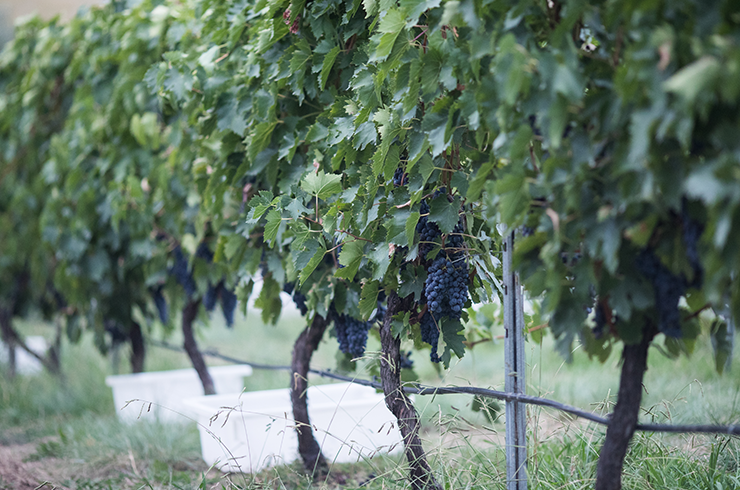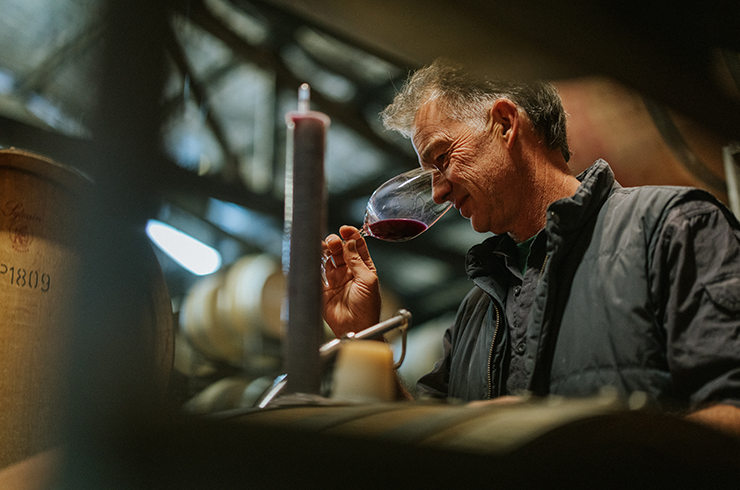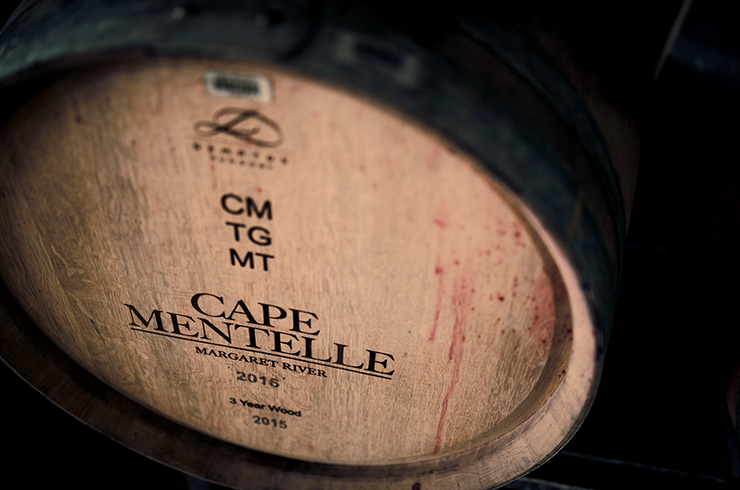When it comes to Spanish wines, tempranillo has already won the popularity race, as it’s the most widely planted red on its home turf. It can charm in its youth when made unencumbered by new oak, so a joven style, allowing the fresh, juicy and tangy fruit to shine through. It can also be made into a richer, fuller and more structured drink. Of course, new oak often plays a part but also ageing. However, where it is grown is key. Rioja and Ribera del Duero are where tempranillo expresses its best characters – thanks to both regions having altitude, up to 900 metres in some areas, plus cooler nights in summer. It means fruit retains acidity and freshness.
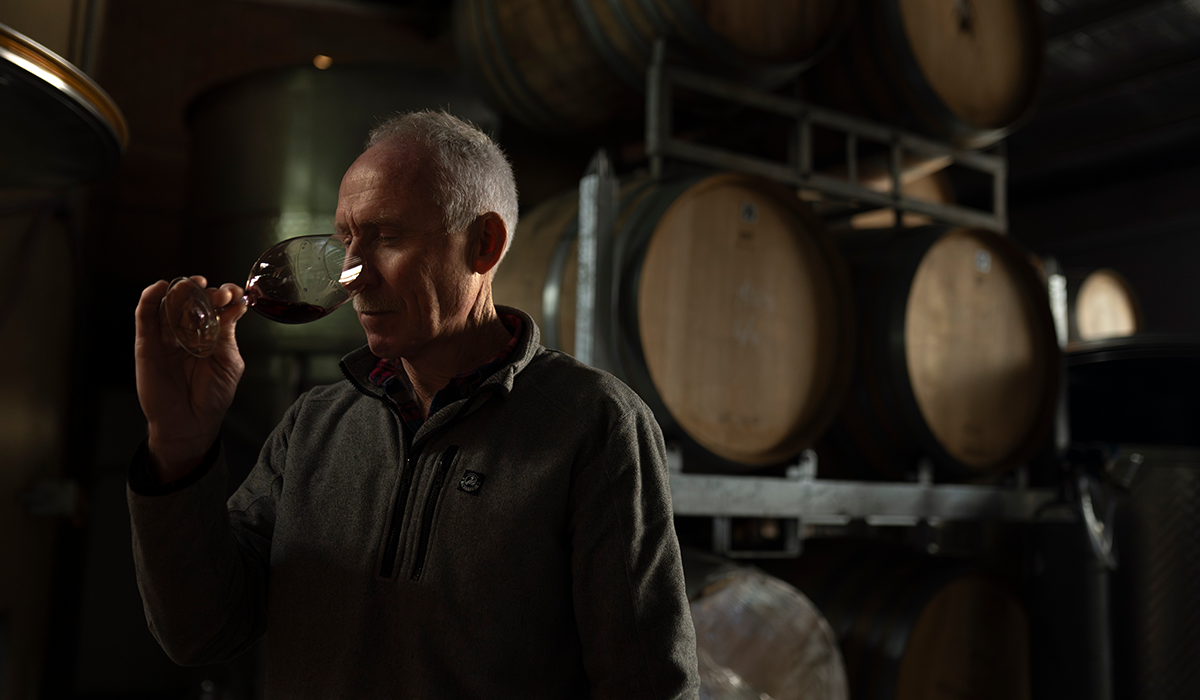
It's why some of the best examples in Australia come from cooler regions, or at the very least Mediterranean ones tempered by sea breezes. Altitude is also a factor. Check out very good examples from Beechworth's Fighting Gully Road or from Billy Button Wines in the Alpine Valleys, but one of my favourites, year in, year out is from Mayford at Porepunkah. The vineyard is magical, an immaculately tended site at 400 metres above sea level, and being at the foothills of the Victorian Alps ensures a cooling effect during warmer weather. The wine is rich and full but never heavy. It always has a core of excellent fruit at its heart, yet precise tannins give leverage and invigorating acidity give its drive.
Yet, tempranillo is often blended in Spain and even in Australia, providing the same hallmarks of quality, in a wine that is the sum of its parts. Take the S.C. Pannell tempranillo touriga. Touriga nacional, a key grape in Portugal’s’ Douro Valley, adds so much perfume, dark fruit and loads of baking spices and suppleness to the tempranillo. It’s a wine that makes me want to invite friends over for Sunday lunch to a feast of roast vegetables and Spanish-style lamb shoulder, slow-cooked and falling off the bone. The wine helps enormously with the cooking and then the eating.
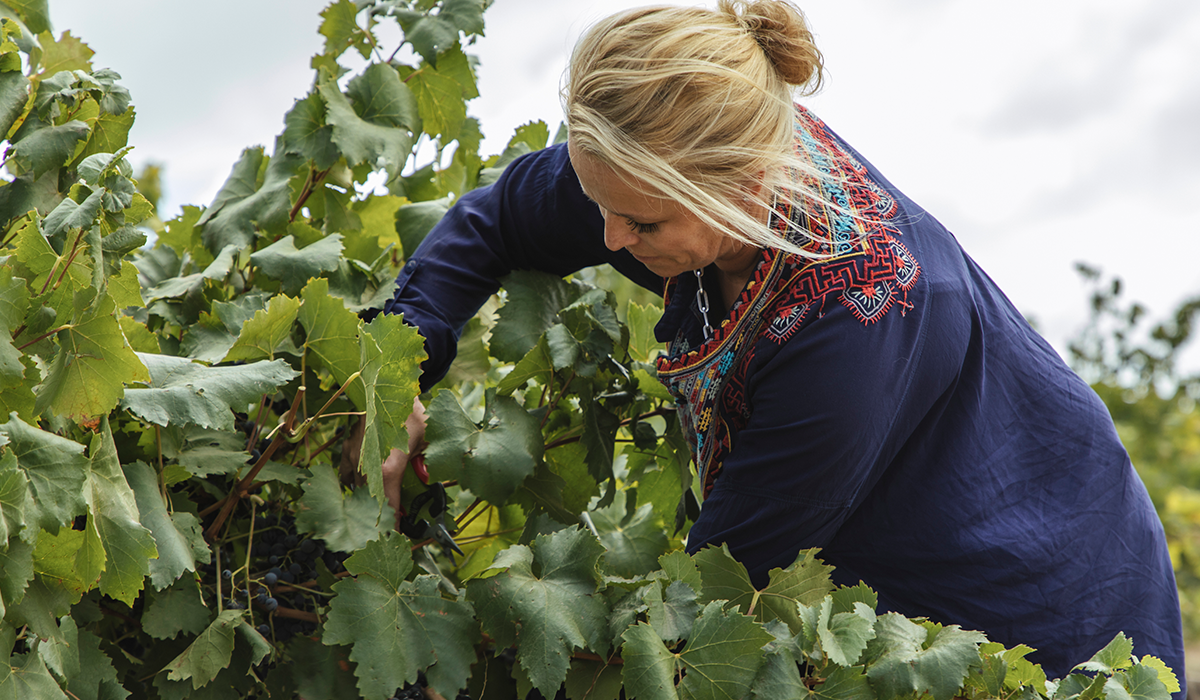
More than an honourable mention goes to mencía, which is one of my favourite varieties. It’s a distinct variety from northwest Spain, with those from Bierzo in the León region stealing the limelight. Descendientes de José Palacios, known as DJP, make exceptional mencía off stony sites with serious altitude (around 600 to 1000 metres) and oh the wines. Swooning stuff.
So, what’s mencía like? The best reveal heady aromas of florals, especially violets and roses, followed by flavours of raspberry, red and morello cherries and tangy-tart pomegranate. It’s distinctive with fine, lithe tannins, wonderful acidity and almost a stoniness. The top renditions are beautiful wines that are contemplative yet utterly delicious.
In McLaren Vale, Corrina Wright from Oliver’s Taranga was also smitten with mencía and became the first to plant it back in 2011. She subsequently turned it into a delicious rosé called Chica and later, a red under its Small Batch label that is excellent. Keep an eye out for Swinney’s offering with fruit grown off its Powderbark Vineyard in Frankland River. The inaugural release was a revelation; the 2022 should hit shelves soon.
-
Jane Faulkner's Spanish reds to try
-
Mayford Wines
Porepunkah Tempranillo 2021
Alpine Valleys -
Nick O'Leary Wines
Heywood Tempranillo 2021
Canberra District -
Swinney
Mencia 2021
Frankland River -
Oliver's Taranga Vineyards
Small Batch Mencia 2022
McLaren Vale -
SC Pannell
Tempranillo Touriga 2020
McLaren Vale -
Chaffey Bros Wine Co
Battle for Barrosa La Conquista! Tempranillo + Garnacha + Graciano 2022
Barossa
Image credit: Wine Australia/Kimberley Low.










